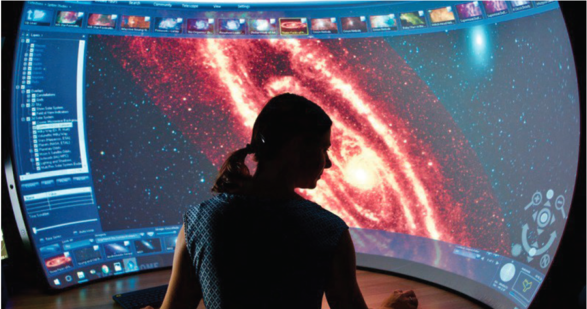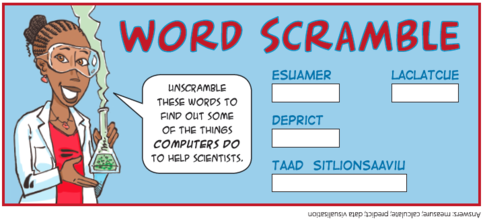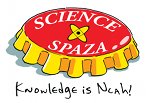How does science happen in universities and research labs? Mostly using computers. “How so?” you may ask. When scientists set up an experiment they usually take measurements.
In the past, these would have been recorded on paper – but these days, they are mostly taken by computers. These measurements give scientists the data of the experiment. Computers are instructed to carry out calculations on these measurements. Scientists use coding to tell computers how to do these calculations. With computers, scientists can take a lot more measurements and make many more calculations than they could by hand.
Computer programmes can also be used to predict what happens in an experiment using the laws of science. This is called a simulation or a model. This means that scientists can do ‘experiments’ using computers which can be safer, quicker and cheaper than doing the same experiment in the real world.
Computers can also be used to make images that help us make sense of data and gain new knowledge. Computers are used to make beautiful images from telescopes, for example. This is called data visualization. As scientific experiments get bigger and more complicated like the MeerKAT Radio Astronomy Telescope, scientists need more powerful, faster computers and more elaborate programmes to analyze the data. This is one of the ways that science drives the development of new technologies.
This article was written by The Inter-university Institute for Data Intensive Astronomy (IDIA) who exists to grow skills and expertise in data-intensive research.

Let's see if you can unscramble these words!

This content is produced in partnership with The Department of Science and Technology

